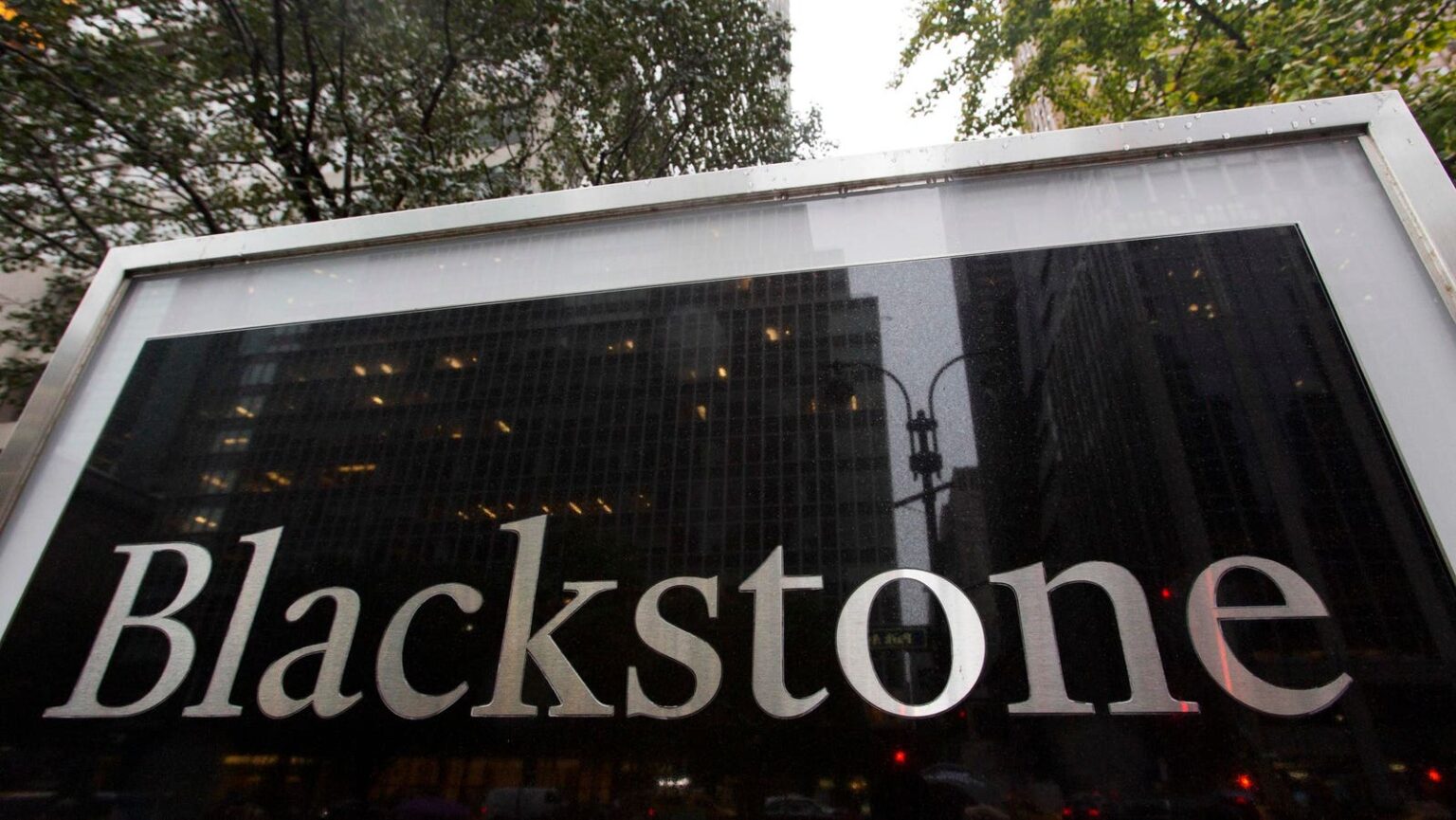“It’s simple supply and demand” said the President of Monroe Capital. “When banks go through crises, there’s more regulatory oversight and they pull back, which shifts market share from banks to the private credit arena.”
This rings especially true in Silicon Valley. I’ve experienced it firsthand through Arc’s capital marketplace, where hundreds of private credit investors like Monroe have been inundated with billions in loan demand since we launched in January. But why?
Too Big to Fail banks struggle with reams of regulations and high reserve requirements. Regional banks tread cautiously past the bellyflops of Silicon Valley Bank and First Republic. In their wake, loans to high-tech outfits in the valley are now harder to find.
Venture capital investment in Silicon Valley peaked in 2021 and took a dive. Private equity has followed a rocky path, with leveraged buyouts posting only an 8% return last year, the lowest in over a decade. In the public debt markets, rising interest rates have made borrowing costs untenable for issuers seeking financing. Prolonged economic uncertainty has stretched timelines for issuers. As a result, the market for publicly traded high-yield debt has shrunk by almost 25% in three years says M Capital Group.
With crisis comes opportunity: private credit is soaring. The asset class features loans that lie outside the heavily regulated banking system, never to be traded publicly. This ~$2 trillion market is up 50% in the same three years in which public high-yield debt has fallen. Private debt gained $400 billion in that period, while public debt declined the same amount: a telling shift. That fat sum, in effect, left banking giants like J.P. Morgan Chase and flowed to the likes of Blackstone and Apollo. Supply and demand indeed.
Even more surprising: on top of that 50% growth since 2021, the private debt business is set to grow another 87% in the next five years. According to Ashwin Krishnan, co-head of North America Private Credit at Morgan Stanley, the private debt market will soar to $2.8 trillion by 2028.
As he writes here, “private credit has filled a lending void” since the global financial crisis of 2008 and the resulting stiff rules imposed on banks for capital requirements, loan terms, and disclosure. This turned the biggest, richest banks in the world into timid lenders, even as demand for loans surged on a rise in infrastructure projects (public and private) for clean energy, new chip plants, electric cars, and, more recently, vast spending on the AI wave.
BlackRock has an even more aggressive forecast. It says the private-credit market will double in size to $3.5 trillion in 2028, the Wall Street Journal reported on Friday.
BlackRock, Apollo Global Management, KKR and State Street, the Journal says, now are competing for the next big prize in private debt: “full access to mom-and-pop investors when many sophisticated institutions are filing up on private credit.” The non-bank giants are “jostling to launch private-credit exchange-traded funds and other retail products,” the WSJ states.
Apollo, which manages almost $700 billion in assets, expects to originate more than $200 billion a year in private loans eventually, doubling up on $97 billion in debt deals it did last year, the Financial Times reported. The firm sees “large demand to issue high-rated loans that will be purchased by its insurance arm Athene and other independent insurers,” the paper says.
In a similar manner, Blackstone CEO Steve Schwarzman recently announced the integration of its private credit and insurance groups in its effort “to reach $1 trillion in the next ten years.”
No wonder Jamie Dimon is taking shots at private credit. In his letter to shareholders last month, he wrote: “Frequently, the weaknesses of new products, in this case private credit loans, may only be seen and exposed in bad markets, which private credit loans have not yet faced.”
When you can’t beat ’em, impugn their creditworthiness.
Jamie wishes his rivals in private credit had to endure the same burdensome regulations that J.P Morgan does. Yet, the ability to sidestep this tangle is precisely why private credit is thriving—and why corporate borrowers are lining up to get it. Unencumbered by a restrictive regulatory framework, private credit investors can move fast and price in risk in a way that banks simply cannot compete. This must be why Citigroup just announced a $25 billion private credit deal with Apollo to better serve Citi’s capital-starved clients.
Last month, KKR extolled the private credit business to investors, describing a “structural shift away from the traditional commercial banking model,” and holding up a truly stunning figure: $40 trillion in future opportunity.
Apollo, Blackstone and other private market heavyweights have synthetically replicated the traditional commercial banking model. But instead of highly-regulated bank deposits, they’re tapping deep pools of insurance capital, unlocking speed, flexibility and liquidity for the private markets at a time when equity remains expensive.
Can you imagine all that business bypassing the likes of J.P. Morgan? As a fintech guy, I surely can. In fact, the upstarts of fintech already are making inroads into the private credit industry.
The money center banks are Too Big to Call if you are running a tech company seeking, say, only $10 million to $100 million in financing. Yet, it can be hard to find lenders. The trick lies in how to match up an assortment of lenders, business borrowers, and investors willing to buy into a deal. And for private credit investors, the challenge is sifting through mountains of unstructured private company data to capitalize on the multi-trillion dollar market opportunity.
Artificial intelligence, now advancing almost by the hour, can help a lot in this effort. At my company, Arc, we have been working on this, and the early results are exciting and encouraging. More on that, up next.
Read the full article here

